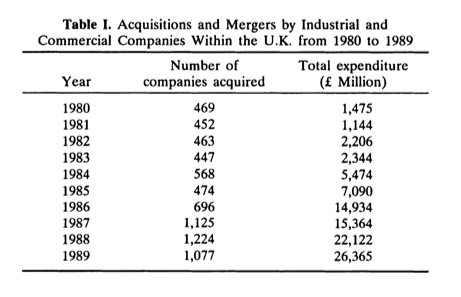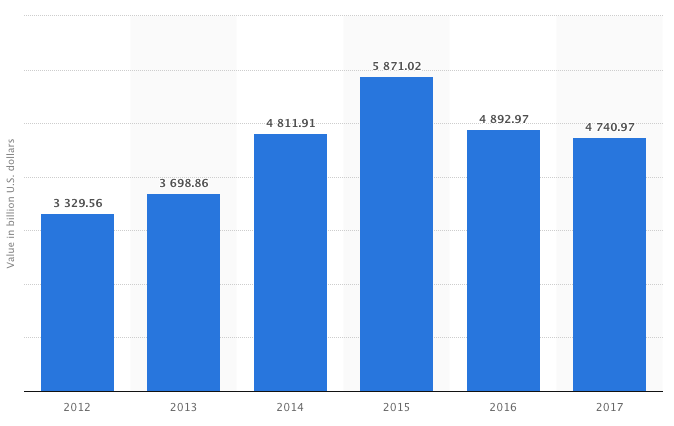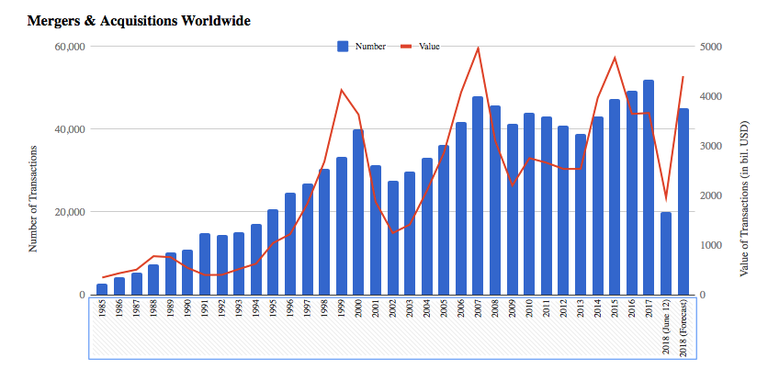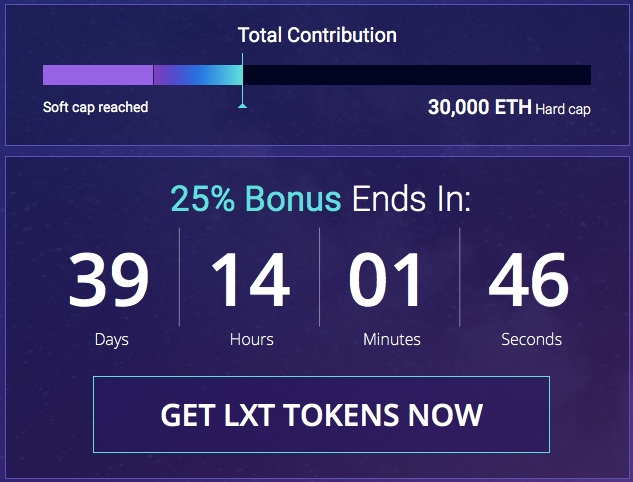
Unite or Die
Mergers and acquisitions (M&A) are defined as consolidation of companies.
Differentiating the two terms, Mergers is the combination of two companies to form one, while Acquisitions is one company taken over by the other. M&A is one of the major aspects of corporate finance world. The reasoning behind M&A generally given is that two separate companies together create more value compared to being on an individual stand. With the objective of wealth maximization, companies keep evaluating different opportunities through the route of merger or acquisition. (e.g. financial synergy for lower cost of capital, improving company’s performance and accelerate growth ,diversification for higher growth products or markets, to increase market share and positioning giving broader market access, strategic realignment and technological change, tax considerations, under valued target, diversification of risk)
Sounds cute, do it? Unfortunately, at the first sight only. To understand unclear implications and issues, we need to dive in history of development M&A processes.
Historical Reference
During the 1980s, the level of merger and acquisition activity world-wide reached a record level, which far surpassed the great conglomerated boom of the 1960s. This has fueled wide-spread concern, and resulted in the introduction and continued demand for legislative control both in the U.S. and Europe. In the US, an estimated one in four of the workforce has been affected by the current wave. The British experience reflects a similar trend with deals increasing in frequency and size, and reaching an all time peak in 1988.

At the same time, there has been a marked increase in other types of strategic alliances in the form pf joint ventures and interorganizational collaborative agreements.
Many organizational marriages fail to realize the potential synergism anticipated by the marriage brokers
Merger gains are notoriously difficult to asses accurately, both in terms of the indices used and the appropriate time span over which to judge performance. However, irrespective of the criteria selected, be it managerial assessments, share price, or other strictly mathematical formulae, empirical studies have repeatedly demonstrated that mergers have had an unfavorable impact on profitability. In 1988, estimates of overall success rates vary from a pessimistic 23% to more optimistic 50% quoted be several UK sources, while over 24% of US joint ventures terminated within first 3 years.
Notwithstanding, today’s picture strives to development. In 2017, companies announced over 50’600 transactions with a total value of more than 3.5 trillion USD (2.9 trillion EUR/ 2.5 trillion GBP). Compared to 2016, the numbers of deals grew only marginally by 2.9% while the value declined by 2.00%.
According to the below diagram, it’s in not rather stable condition.
Value of mergers and acquisitions (M&A) worldwide from 2012 to 2017 (in billion U.S. dollars)

Considering the data below, a fateful nature of such deals becomes clear.

For individual managers and employees, a merger or acquisition is not just a corporate strategy; it’s a personally disruptive—often traumatic—event. What C-suite executives and consultants euphemistically call “postmerger integration” is typically a period of tension, uncertainty, and even chaos. Workloads ramp up, as do pressure and stress. You may have to quickly adapt to unfamiliar policies, practices, and politics; work with strangers from different corporate or even national cultures; or report to new bosses who know nothing about your track record or ambitions. Meanwhile, there is no guarantee of a job with the resulting organization, let alone a long-term career. On average, roughly 30% of employees are deemed redundant after a merger or acquisition in the same industry.
Current Issues of M&A
Communication
In 2010, PWC conducted a survey on companies that had completed mergers and acquisitions. Communication challenges came out as one of the top factors that caused company synergies to fail. Communicating with employees, empowering them and creating a culture for them to thrive are all fundamental parts to integration. When mergers and acquisitions occur, employees and management are generally left in the dark. Fear and lack of answers deter top management from providing the information that employees need to redirect their actions in the merged company. Rumors fill mystery and vacuums, and employees are left asking questions like: “Why is the organisation merging?”; “How will the merger affect my work?”; and “What support will I receive during the merging process?” This lack of communication creates distrust and uncertainty in the workplace, leading to lower employee engagement levels.
Employee retention
During mergers and acquisitions, employee retention can be a challenge, as many believe it can be a threat. Inherently, many mergers and acquisitions (M&As) deals have retention issues, which result from negative attitudes felt by employees. This can include uncertainty about the future of the organization's direction, job security, perceptions of lack of leadership credibility and feelings of confusion due to lack of communication. In essence, employees often lose trust in their organisation and feel betrayed by their leadership. During this delicate process, it's essential to keep employee turnover low because business continuity is key to realizing the benefits of the merger. there can be also large financial implications from the cost of hiring new employees. What's more, employee turnover can result in loss of knowledge and customer relationships.
Transaction Costs Are High
Transactional costs represent a significant barrier to M&A participation for small businesses and startups, which are often cash-strapped. The Forbes report cites that M&A advisory fees for the largest US investment banks are steadily rising—from 2008 to 2014 the average figure was $1.8 billion, and in 2017 the figure sat at a staggering $2.55 billion. 5 Investment banks typically keep quiet about fees collected per individual transaction; however, a success fee ranging from 1% to 8% of the target company’s enterprise value is not unheard of— and the smaller the company’s value, the higher the percentage.
Valuating process
Just try to estimate in money equivalent one of your ideas? The task of MA sides not just estimating the technology or intellectual property, but forecasting all possible scenarios , calculating all possible expenses and revenues. To do it okay under the terms of the lack of experts and communication seems to be fantastic.
LEXIT
Considering current poor state of affairs, in 2017 Amir Kaltak, Deniss Raider ,and Maja Majamäki decided to found LEXIT platform, based on Estonia jurisdiction.
LEXIT is the first online global Mergers and Acquisitions marketplace which unites sellers, buyers, and experts all over the world.
Moreover, the company is organizing the community of Global partners, which consist of either commercial( international accelerators, incubators, startup hubs, industry associations, venture capitalists, and M&A firms) and non-commercial establishments (institutions, universaties, laboratories, etc). Being a part of GP gives the right to harvest 50% of the transaction cost and, for a period of three years, 5% of every transaction sourced from their affiliates—new partners they introduce to the platform. If the institution is non-profit one, LEXIT will incentivize participating with respective donation.
Solutions
LEXIT –is not just enthusiastic intention to make bigger or more successful marketplace, but full of solutions platform.
- The enter for Lexit is free, the small fee for listing an action only.
- Easy-attracted experts helping to analyze the deal.
- Fully-secured Deal Rooms, where sides feel free to negotiate terms and private info.
- Smart-contracts and blockchain let not worry about decency of person.
- P2P transactions implemented with blockchain significantly reduce its cost and speed up the deal effectively.
- Serious verification process at the stage of pre-listing the offers.
- Eliminate price fluctuations with the help of entering native currency – LXT.
External Partners
For constant improving the platform, supporting the operating at all, the community of external partners is. Today, the list includes:
SelfKey
Polymath
Veriff
Startup Bootcamp
Chainium
Metaverse
Tomorrow, I'll disclose all above and LEXIT ecosystem at all in details. Now, I hope, you're intrigued.
The softcap is already reached. Please, use the following links to participate in ICO (main sale stage) and learn more about LEXIT as an innovational and rational solution for M&A world.

LEXIT Telegram Reddit Twitter LinkedIn BTT White Paper
My Btt: https://bitcointalk.org/index.php?action=profile;u=1312449
Sources:
https://blog.impraise.com/360-feedback/mergers-and-acquisition-challenges
http://journals.sagepub.com/doi/abs/10.1177/001872679304600302
https://www.edupristine.com/blog/mergers-acquisitions
https://imaa-institute.org/mergers-and-acquisitions-statistics/
#LEXITco
The info about Employee retention was partially taken from https://blog.impraise.com/360-feedback/mergers-and-acquisition-challenges